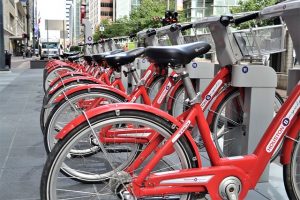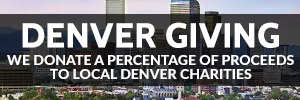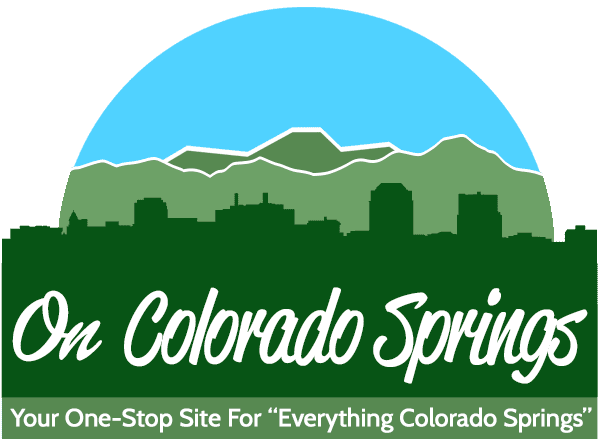Enjoy Spring Cycling Safely!
 May is National Bike Month and Bike to Work Day isn’t far behind, so now is the perfect time to dust off the bike, lube the chain, pump up the tires and take a ride. Don’t have a bike? B-cycle is a public bicycle sharing company based in Waterloo, Wisconsin. It has 47 local systems operating in cities across the United States.
May is National Bike Month and Bike to Work Day isn’t far behind, so now is the perfect time to dust off the bike, lube the chain, pump up the tires and take a ride. Don’t have a bike? B-cycle is a public bicycle sharing company based in Waterloo, Wisconsin. It has 47 local systems operating in cities across the United States.
With the increasing number of cyclists commuting and riding recreationally it is more important than ever to understand the etiquette and rules of the road for riding a bike.
Whether on the bike path or a street, you are a vehicle with the same rights and responsibilities as those driving cars. Follow these guidelines for a safe and enjoyable ride.
You are required to yield to pedestrians when riding on sidewalks, in crosswalks and on the bike path. Some states, like Colorado, have laws about when and where you can ride on a sidewalk. It’s important to know the law in this case, as you may receive a citation in some communities for riding on a sidewalk.
Signal your intentions. You should be letting drivers, pedestrians and other cyclists know your intentions. It could save you and others the inconvenience of an accident. If you want to turn right, stick out your right arm and point to the right. If you want to signal a stop, drop your left arm straight down with the palm open. This is a universally understood signal. If you are approaching a cyclist or pedestrian and plan to pass, say so.
Just because you are in the bike lane, doesn’t mean you should stay there! There are a few reasons to leave a lane that you should know.
- To be safe. If there is a danger in your lane it is your right to take space in the street in most communities.
- To make a turn. I frequently see recreational riders in the bike lane make a left turn from the bike lane in front of traffic. That is very dangerous and should never be done. While the bike lane is there for cyclists, riders are required to move to the left lane, just like cars, to make a turn.
- If the bike lane is blocked or damaged. There are sometimes potholes, debris or even vehicles in the bike lane. You can assume space in the car lane to avoid these hazards.
Some final tips if you are heading out to ride this year. Be visible! Wear clothing that makes you easy to see, particularly if you are riding at dusk or after dark. Cyclists should have front and rear lights if they are riding after dark. Finally, wear a helmet. Many accidents that occur involve only a cyclist and no other party. That means you can still go down on the bike and hit your head on the pavement. It’s not worth risking brain injury to ride without a helmet.
For more information about bike safety, finding a cycling skills class, and tips for safe riding, visit the League of American Bicyclists website.










